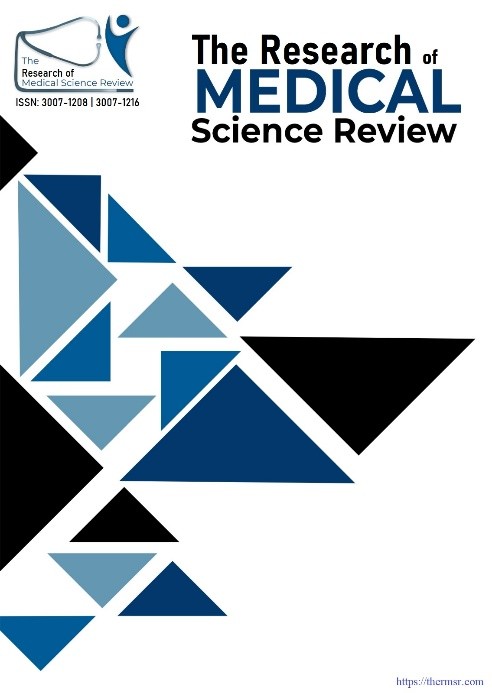RENAL OSTEODYSTROPHY AND ITS ORTHOPAEDIC IMPLICATIONS IN CHILDREN WITH END-STAGE RENAL DISEASE
Main Article Content
Abstract
Renal osteodystrophy (ROD) is a cardinal skeletal manifestation of chronic kidney disease–mineral and bone disorder (CKD–MBD), most prominently seen in children with end-stage renal disease (ESRD). In this study, we examined the orthopedic burden, biochemical disturbances, and therapeutic outcomes of ROD in pediatric ESRD patients. While as the management protocols continue to evolve, the histologic subtypes of ROD and their musculoskeletal consequences have been an under-explored area in clinical research. A prospective observational cohort study was conducted at Civil Hospital Karachi (CHK), Karachi, and a total of 60 children aged 2–18 years with ESRD on dialysis were included. The implemented standardized data collection comprised; clinical examination, anthropometry, radiographic imaging (skeletal survey and bone-features on pelvis X-ray), iliac crest biopsy specimens for bone histomorphometry, and in-depth assessments of biochemical parameters that included serum calcium, phosphate, iPTH (intact Parathyroid hormone), ALP (alkaline phosphatase; a well-documented proliferating biomarker in CKD-MBD), vitamin D metabolites, FGF. Our findings showed that 73.3% had bone pain, 28.3% presented with pathological fractures and 48.3% had skeletal deformities. Growth retardation was detected in 68.3% of patients, it had significant association with higher iPTH levels, lower serum calcium and vitamin D levels and longer duration on dialysis (p < 0.05). Hyperparathyroidism was diagnosed biochemically in 90%, vitamin D deficiency in 70%, and hypocalcemia was documented in 75%. Radiographic osteopenia and subperiosteal resorption were common and related to biochemical derangements. Variable biochemical and radiological responses were, possibly reflective of this variability among treatment modalities which comprised phosphate binders, vitamin D analogs, dietary restriction, dialysis adequacy with the most significant improvement seen following parathyroidectomy. Our findings offer a complete image of CKD-MBD in pediatric ESRD and point to the potential benefit of integrated metabolic control for orthopedic complications
Downloads
Article Details
Section

This work is licensed under a Creative Commons Attribution-NonCommercial-NoDerivatives 4.0 International License.
